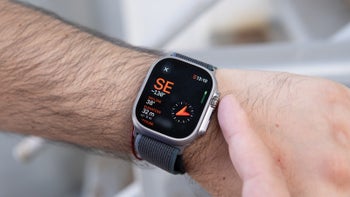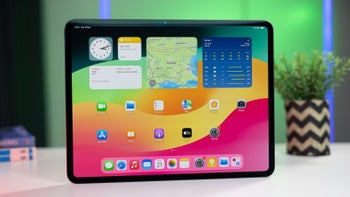Don't believe the scary hype about Apple's AirPods

Back in 2015, 250 scientists signed a petition and forwarded it to the World Health Organization (WHO). The document discussed the generation of ElectroMagnetic Fields (EMF) by wireless and electric devices. An EMF is said to be an invisible wave comprised of a magnetic and electric field perpendicular to each other. The devices that the scientists were concerned about ranged from cell phones, cordless phones (and their base stations) to Wi-Fi, baby monitors and the infrastructure used to deliver electricity. The petition asked that more research be done to determine how EMF affects humans. At the same time, the scientists suggested that humans limit their exposure to these fields.
According to AppleInsider, the U.K.'s Daily Mail tabloid started a rumor that the Apple Air Pods wireless Bluetooth earphones were a cancer risk with a large and scary headline that read "Are AirPods dangerous? 250 scientists sign petition warning against cancer from wireless tech including the trendy in-ear headphones." The paper was citing the aforementioned petition that had been delivered to the WHO even though it had nothing to do with Bluetooth and the very popular Apple accessory.
It wasn't only a tabloid newspaper that spread this rumor. Yahoo News U.K. published a story, again citing the petition, with the headline "Wireless headphones like Apple AirPods could pose cancer risk', scientists warn." Of course, that wasn't what the scientists said at all. In fact, all of the handsets you see in use every day that give users much higher EMF exposure than AirPods. And while Wi-Fi and Bluetooth use the same frequencies, the former has a much stronger signal. Assuming that both are carrying the same data, a Wi-Fi signal is about 40 times more powerful than Bluetooth. You can see that for yourself. A Wi-Fi signal can be received throughout your home, while a Bluetooth signal disconnects after a few feet.
A third-generation of AirPods could be released later this year
And as it turns out, improving technology is allowing manufacturers to reduce the amount of EMF signals generated by headsets. When Apple released its own Bluetooth headset for the OG iPhone in 2007, it was based on Bluetooth 2.0 and ran with the maximum 2.5mW of power that was the cap 12 years ago. The Bluetooth Low Energy (LE) connectivity employed by the AirPods uses no more than .5mW of power. In addition, answering calls through the wireless earphones exposes users to less EMF waves than answering an iPhone and holding it up to the ear. And if you need more information to make you feel better, the antennas used on the AirPods are not inside the part of the accessory that goes in your ear. They are located on the small shaft of the device that hangs out of the ear.

Scary, but fake news reported last month by the U.K.'s Daily Mail
Yesterday, we told you that the release of a third generation of AirPods might happen later this year. The new AirPods could be equipped with some of the rumored features that were missing from the recently released second generation of the accessory. That would include noise cancellation and water resistance. We could also find some health-related applications including a heart rate monitor. The second generation models have longer battery life and are available in a case that allows for wireless charging. They also have support for 'always-on' Siri.
With Samsung's Galaxy Buds replacing the Gear iconX, and new competition coming from Amazon and Microsoft, the AirPods are part of a wearables category expected to take off over the next few years. According to research firm Gartner, the ear-worn segment of the category will ship a leading 158.43 million units by 2022. That same year, the number of smartwatches that Gartner expects to ship will be 115.20 million.










Things that are NOT allowed: